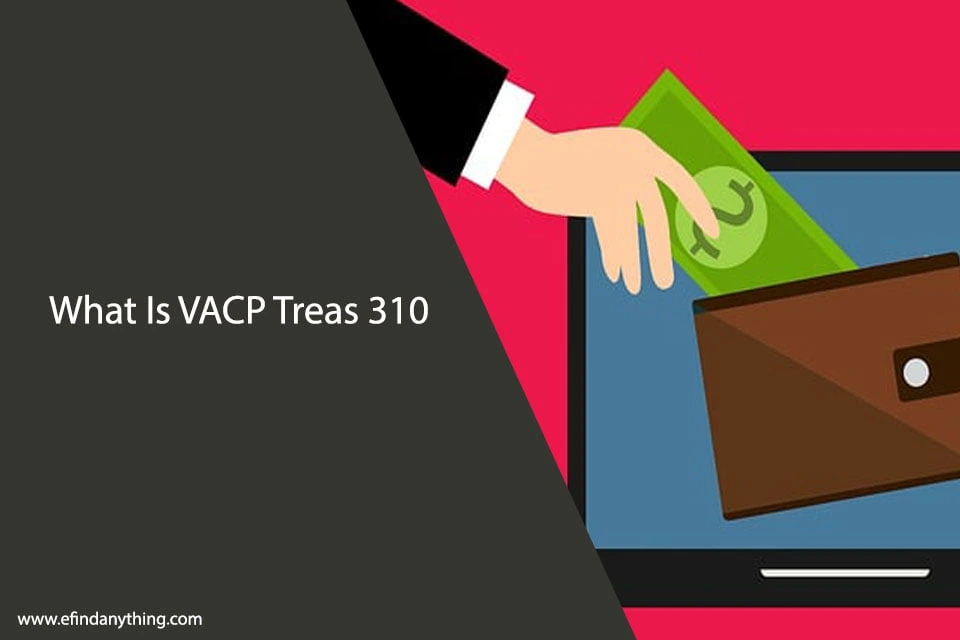
Riddles are one of the best tools teachers can use to make learning fun, interactive, and engaging. Sharing a riddle in the classroom doesn’t just test knowledge; it encourages critical thinking, sparks curiosity, and promotes teamwork among students.
When kids work together to solve a tricky question, they develop problem-solving skills while enjoying a lighthearted challenge. Riddles can also break up the routine of lessons, giving students a playful mental break that re-energizes the classroom.
Using age-appropriate riddles ensures that every child feels included and capable of contributing. By making riddles a regular part of classroom activities, teachers can nurture a love of learning, laughter, and creative thinking that lasts well beyond the school day.
Interactive Digital Platforms for Modern Kids Riddles
Technology has completely flipped the script on how you can present puzzles to your students. Smart boards, educational apps, and yes, even virtual reality, create immersive worlds that grab attention like nothing else can.
Smart Board Integration Techniques
Interactive whiteboards turn your traditional puzzle-sharing into a team sport. Picture this: you display visual riddles where students rush up to circle answers, drag puzzle pieces around, or scribble solutions right on the screen. When you present a riddle for kids this way, suddenly your entire class becomes a think tank where everyone’s contributing at once.
Timer features are a great way to add excitement, encouraging students to work together as they race against the clock to solve challenges. Digital annotation tools are especially useful for visual learners, allowing them to break down tricky word puzzles step by step. By making abstract concepts more concrete, these tools help kids understand and enjoy problem-solving while keeping the classroom engaging and interactive.
Educational Apps and Online Tools
Many platforms transform riddle-solving into competitive showdowns where students fire answers from their own devices. QR code treasure hunts blend physical movement with digital puzzle-solving; perfect for those kinesthetic learners who think better when they’re moving.
Voice recording apps let students become riddle creators themselves, building ownership and a deeper understanding. These digital tools make riddle activities for classrooms more personalized and student-driven than you ever imagined possible.
Virtual Reality Riddle Experiences
VR drops students into three-dimensional puzzle universes where they’re manipulating objects and exploring virtual landscapes. These experiences weave riddles into science, history, and literature in ways traditional teaching simply can’t touch.
Cross-curricular connections happen naturally when students solve ancient Egyptian mysteries while exploring pyramid construction or navigate mathematical mazes that cement geometry principles.
You’ve seen how riddles pack serious classroom engagement power. Now let’s dive into how cutting-edge technology can supercharge their impact and create those immersive learning moments that hook today’s screen-savvy students.
Collaborative Group Dynamics for Riddle Activities
Sure, digital tools open exciting doors, but riddles truly shine when students tackle them together. Strategic group dynamics transform solo puzzle-solving into collaborative learning adventures that sharpen both critical thinking and people skills.
Think-Pair-Share Riddle Methodology
This structured method gives every student processing time and a voice. Students first ponder the puzzle individually. Next, pairs hash out their theories before presenting to the whole group. This approach ensures quiet students aren’t steamrolled while preventing chatty personalities from dominating discussions.
Smart partnering strategies pair students with complementary abilities. Visual learners team up with verbal processors, creating organic peer tutoring that lifts everyone.
Riddle Relay Racing Systems
Teams tackle sequential puzzles where each solved challenge unlocks the next one. Point systems motivate students, while riddle sharing ideas foster healthy competition and teamwork.
Cross-grade partnerships connect older students with younger mentees, developing leadership skills while reinforcing their own knowledge. These relationships often bloom beyond puzzle time, strengthening your school’s culture.
Gallery Walk Riddle Stations
Students rotate through stations featuring different puzzle types, progressing at their own speed. This setup accommodates various learning paces while keeping everyone engaged.
Multi-sensory stations blend tactile components, visual hints, and auditory riddles. Some students manipulate physical materials while others decode written clues, addressing multiple learning preferences simultaneously. Understanding your audience matters tremendously, and different age groups connect with riddles in uniquely different ways.
Age-Appropriate Delivery Methods for Best Riddles for Children
Various developmental phases demand distinct puzzle presentation approaches and challenge levels. Grasping these differences guarantees every student tastes success and experiences growth.
Early Elementary Strategies (K-2)
Younger learners thrive with visual storytelling paired with simple word puzzles. Picture riddles, where students spot hidden objects or complete visual sequences, work wonderfully. Movement-based activities let children physically act out answers, bridging kinesthetic activity with cognitive processing.
Call-and-response styles build confidence while sustaining group energy. When you present the best riddles for children through songs or rhythmic chants, even hesitant participants naturally join the fun.
Upper Elementary Approaches (3-5)
This age bracket enjoys logic puzzles demanding multi-step reasoning. Cross-curricular connections become powerful when riddles merge math concepts with reading comprehension or link science facts with analytical thinking.
Student leadership chances emerge when older elementary kids craft riddles for younger classes or facilitate small group conversations. These experiences boost confidence while reinforcing learning through peer teaching.
Middle School Advanced Techniques (6-8)
Complex multi-layered challenges appeal to emerging abstract thinking capabilities. Research-driven riddle creation projects connect students with real-world problem-solving while developing information literacy skills.
Studies show that 76% of middle school teachers notice improved critical thinking abilities when students regularly engage with puzzle-based learning activities (Educational Technology Research Institute). Peer teaching opportunities let students showcase their creations to classmates, building communication skills alongside analytical prowess.
Selecting appropriate riddles for your students’ developmental stage is only half the equation; knowing when and how to deploy them strategically can make or break classroom management. Master timing to transform potential chaos into structured, productive learning experiences.
Assessment and Progress Tracking Systems
Data confirms riddles enhance learning, but sustaining long-term student interest demands fresh, inventive presentation approaches. Explore innovative formats that keep riddle activities exciting and prevent them from becoming stale classroom routines.
Formative Assessment Through Riddle Activities
Real-time observation during puzzle-solving uncovers thinking processes that traditional tests completely miss. You can spot misconceptions, observe collaboration abilities, and measure comprehension levels through casual monitoring.
Peer evaluation systems teach students constructive feedback skills while strengthening their own understanding. Self-reflection journaling helps students recognize growth and identify preferred learning approaches.
Summative Riddle-Based Evaluations
Portfolio creation showcases student development over time through collected riddles, solutions, and reflections. Performance-based rubrics evaluate critical thinking, collaboration, and communication abilities rather than just correct responses.
Growth tracking methodologies document improvements in problem-solving speed, strategy application, and persistence. These measurements provide concrete proof of educational benefits for administrators and parents.
Creative presentations spark initial excitement, but lasting success demands systematic program development approaches. Discover how to construct comprehensive riddle programs that evolve with your students and endure over time.
Creative Presentation Formats for Maximum Engagement
Establishing successful riddle programs generates practical questions that educators face in actual classroom situations. These common questions address typical challenges while providing actionable solutions for effective riddle activity implementation.
Theatrical Riddle Performances
Student-directed drama presentations blend puzzle-solving with performing arts. Costume and prop integration make abstract concepts tangible while building confidence through creative expression.
Audience participation methods keep non-performers involved. Interactive components where observers guess solutions or offer clues maintain whole-class engagement during presentations.
Multimedia Storytelling Approaches
Video riddle creation projects teach digital literacy while reinforcing content mastery. Students craft scripts, film solutions, and edit presentations for sharing with other classes or families.
Podcast-style audio riddles work perfectly for listening centers or remote learning scenarios. Interactive presentation tools enable students to design clickable puzzles that classmates explore independently.
Outdoor and Experiential Learning
Nature-based scavenger hunts connect riddles with real-world observation abilities. Students solve clues about local ecosystems while developing environmental awareness and scientific reasoning.
Community connection activities bring local experts into classrooms virtually or physically. Real-world application projects demonstrate how puzzle-solving skills transfer to careers and daily life situations.
Successful riddle programs raise practical questions educators encounter in real classroom environments. These frequently asked questions tackle common challenges while offering actionable solutions for effective riddle activity implementation.
Final Thoughts on Classroom Riddle Implementation
Effective riddle sharing transforms routine classroom moments into exceptional learning opportunities that students treasure long after graduation. The blend of critical thinking development, social skill building, and genuine enjoyment creates powerful educational experiences benefiting both students and teachers.
When thoughtfully implemented with appropriate age considerations and clear learning goals, riddles become invaluable engagement and growth tools. Start modestly, expand gradually, and watch your classroom community strengthen through shared problem-solving adventures that make learning authentically thrilling.
Teacher’s Guide to Classroom Riddle Success
How frequently should teachers implement riddle activities for classrooms without overwhelming students?
Two to three weekly sessions provide optimal benefits without causing burnout. Brief five-minute intervals work better than extended periods, preserving excitement while preventing boredom or frustration.
What are some good brain teasers for students?
Try these crowd-pleasers: “What five-letter word becomes shorter when you add two letters?” (Short) “What can you catch but never throw?” (A cold) These timeless examples engage all ages effectively.
What can you keep after giving someone a riddle?
Your word! This classic riddle teaches about promises and integrity while demonstrating wordplay concepts. It’s ideal for character education discussions and building classroom community trust.











